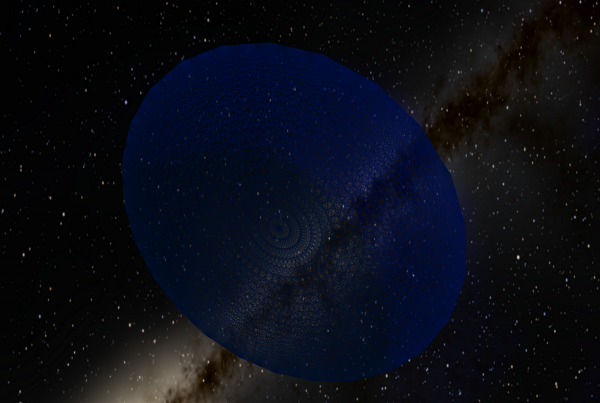BY LETTER
Tragedy of the G995, The
History > 3200 to 5200 AT: Inner Sphere Era > 4650 to 5200 AT: The ComEmp Period
History > Significant Historical Events
History > Significant Historical Events
 Image from Steve Bowers | |
| The G995 starwisp was a lightweight mesh sail, 300 metres across, propelled by a maser beam | |
[Sorry! You do not have permission to adjust "psychological state". Please contact a virtual administrator]
[Sorry! You do not have permission to spawn object "erasure pill". Please contact a virtual administrator]
[Sorry! You do not have permission to adjust "environmental realism". Please contact a virtual administrator]
[Sorry! You do not have permission disable "asomnia mod". Please contact a virtual administrator]
[Sorry! You do not have permission to run "coma_script_v9.9.1". Please contact a virtual administrator]
- The first five error messages of a sequence of ninety, repeated for subjective decades by passenger 064
Even in the relatively peaceful ComEmp period there were occasional incidents leading to needless suffering. Launched in 5101, the G995 was a lightweight (3 kg) starwisp dataship used to ferry small numbers of copied intellects between systems in Cetus Sector three; a region with strict cultural values pertaining to self modification, stasis and life experience. As a consequence the minds in question had to remain 'conscious' and active during the trip. The starwisp carried a few (<100) modosphont-level intellects on its journeys.
During a scheduled 4-lightyear transit, G995 was knocked off course by an unexpected 'gust' from the nearby pulsar PSR J0108-1431, as orbital mechanics freakishly lined things up. The ship eventually deviated by roughly a hundredth of a light-year at the terminal end, which was disastrous, as its onboard transmission capabilities were of light-minute range.
The minds onboard the ship were made aware of the problem via the semi-sentient virch interface to the control nodes of ship, and tumult ensued (according to the "black box" recorders later retrieved.)
The virch's hardcoded limitations prevented suicide by those in transit, and also prevented any significant adjustments to the utilitarian digital environments aspects such as clock rate, it being an article of faith for the societies in question that minds should work at one second per second lest there be a dis-associative effect inside the culture.
As a few minds found new methods of suicide, the wispmind closed the avenues off as it had been designed to do. The remaining travelers were consigned to a very long trip with no hope of rescue through the dark between the stars. A small group continued to spend significant amounts of energy on transmissions, 'Just In Case' someone was close enough to hear them. Others were nigh catatonic; some entered deep denial, and yet others resented the power wastage spent on the transmissions, seeing it as a reduction of their lifespan in their reduced situation.
The pro- and anti-transmission factions struggled for control of the wispmind, both convinced of their correctness. It was eventually discovered that, although the wispmind prevented suicidal activities, it did not protect itself to the same degree. The anti- transmission faction (who termed themselves the 'life-savers') used this to cripple the wispmind and destroy its capability to transmit.
Later investigators found this sadly ironic, as there were several craft that passed within light-minutes of the vessel in the centuries of its wanderings, and once the wisp was even deflected by the side scatter of a ship passing within light-seconds.
Eventually, three hundred and twenty eight years after launch, the starwisp was detected by a warship in transit. The warship had enough delta-v capacity to maneuver to pick up the derelict craft, and did so. By this time, there were no intact intellects left on the vessel, and the centuries-long log depicted a hellacious experience of struggle against the inner demons of sentience.
The log remains a highly cited work on the consequences of strict cultural values of uniformity. Of course, the conclusions reached based on the logs differ wildly from place to place and time to time.
Related Articles
Appears in Topics
Development Notes
Text by John B
Initially published on 09 July 2004.
Initially published on 09 July 2004.






